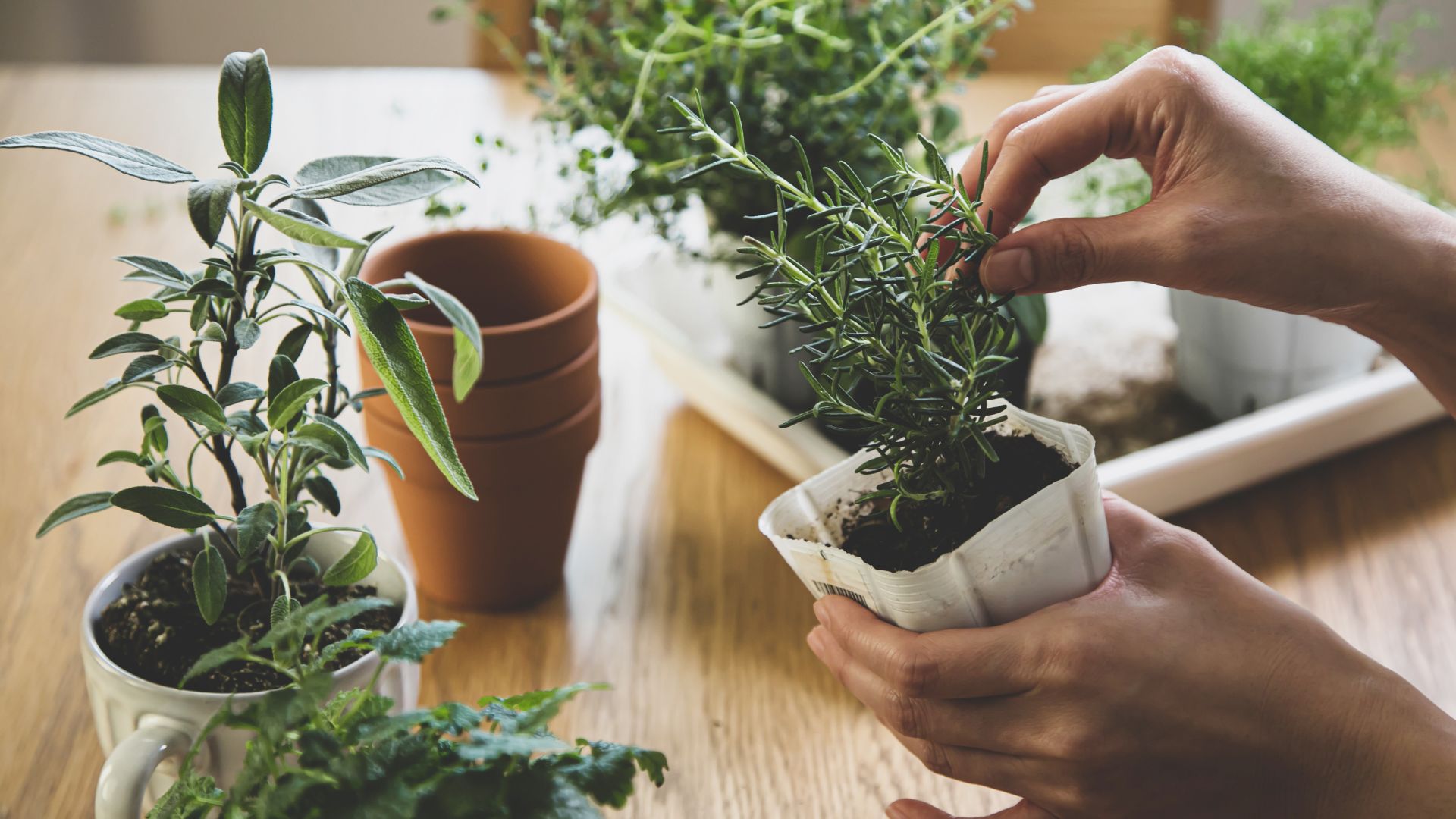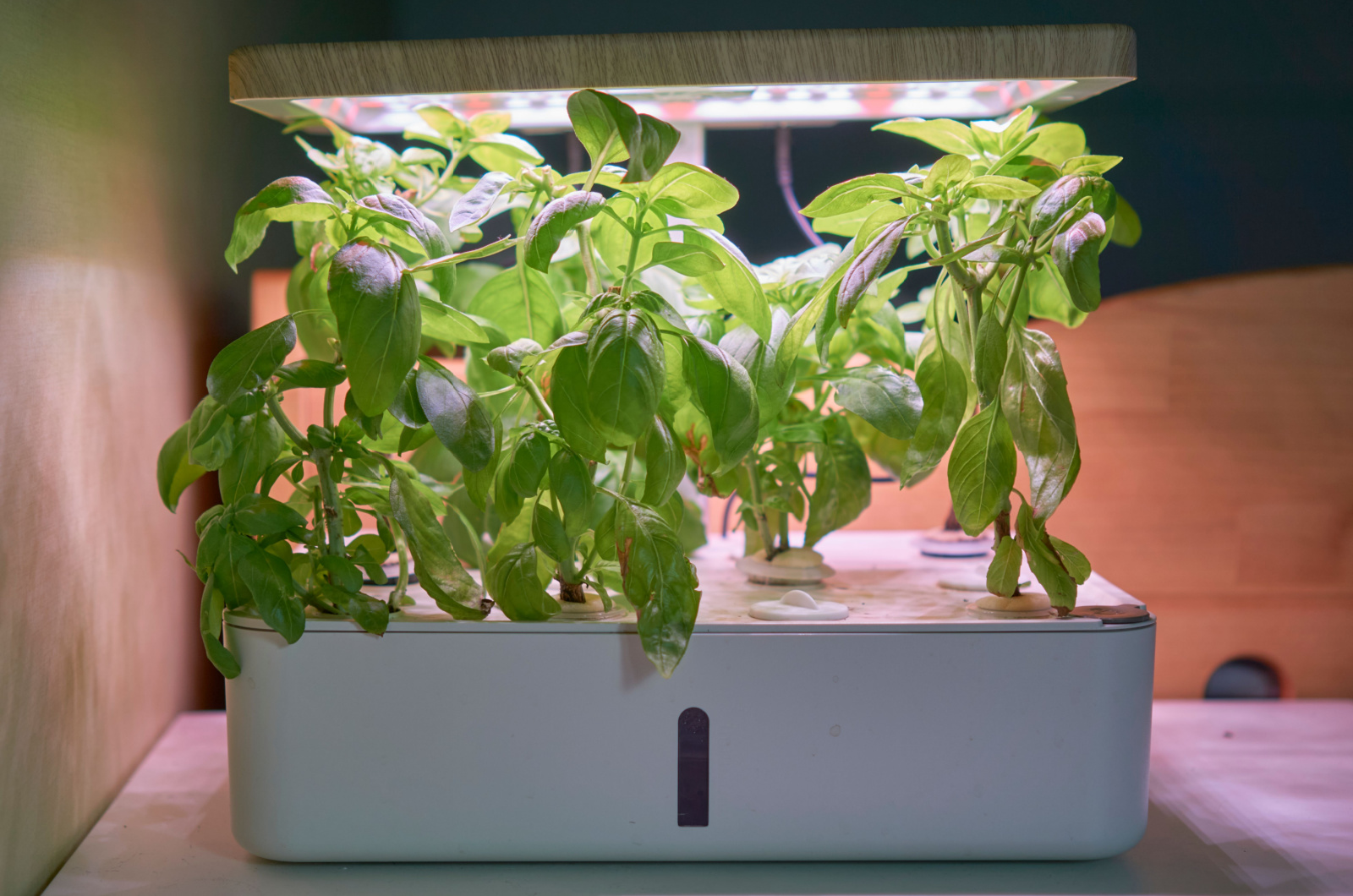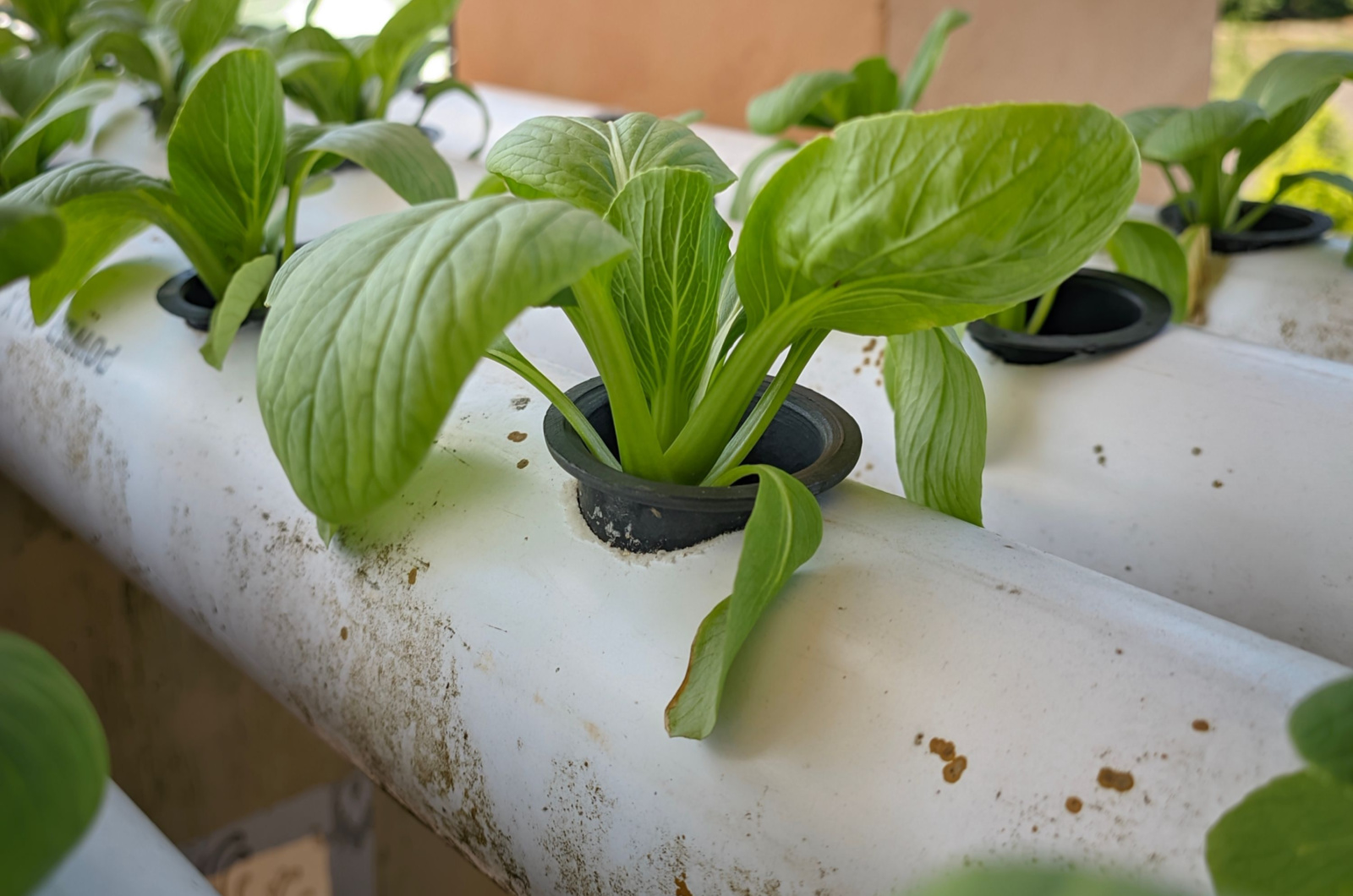As winter approaches, you might be wondering how to satisfy your green thumb during the colder months. Indoor gardening is the perfect solution!
With some creativity and the right knowledge, you can create a lush, thriving garden right inside your home. Just imagine plucking fresh veggies and herbs during the winter season without leaving your warm and comfy house!
If you are interested, keep reading and learn how to kickstart your indoor gardening adventure this winter.
Don’t Overcomplicate Things
You can’t just expect to have a lush garden like you would during the summer months. It’s crucial to pick and choose the right type of plants, but to also find the perfect equipment needed for their growth.
| Here’s what you’ll need: |
|---|
| Seed-starting trays |
| A bottom tray for watering |
| Seeds |
| Seed-starting medium |
| Fertilizer |
| Grow lights |
| Plastic dome |
| Heating mat |
Once you plant the seeds, it’s important to give them enough water – water your seeds every other day and add fertilizer to boost their growth. This is perfect for those that have a seed-starting set up.
Choose herbs like dill, basil, cilantro, chives, or parsley. Three-inch pots would be ideal for them, and you can even practice bottom watering!
You might be interested in: Growing Herbs In Pots For Beginners: Step-by-step Guide
Use A Preset Hydroponic System
Consider starting your indoor garden with a preset hydroponic system. It’s a convenient and efficient way to grow plants indoors, especially during the winter months.
You can opt for a bigger hydroponic system if you have enough space, although most gardeners go for something smaller, such as this Aerogarden hydroponic. These are not as expensive and you’ll still get all the benefits you normally would from hydroponics!
They are mostly suitable for growing hydroponic herbs, but that’s pretty much it. However, you can always choose some larger systems that cost between $700-1400, though it is not necessary to spend this much money if you are only going to grow herbs.
Even under ideal circumstances, the yield is nowhere near sufficient to cover the costs, and you can find numerous complaints online about the poor customer support and frequently malfunctioning devices.
Check out: Experience Year-Round Gardening With Automated Hydroponics
Or Set Up Your Own Hydro System
Another option for indoor gardening is to create your own customized hydroponic system. This approach offers you the flexibility to design a unique solution tailored to the specific requirements of your space and the plants you intend to grow.
Since you already have the seeds growing in a medium and the roots are constantly watered by flowing water with nutrients, you don’t need to spend money on modern-looking hydroponic towers.
What you can do instead is set up your own hydro system with a large PVC pipe or a Rubbermaid tote. All you have to do is get a pond pump together with a wifi timer so you can set it up however you want.
Make tiny holes in the PVC or the tote to allow the cups with seeds to be exposed to the water flowing below. The only struggle is to get enough light to your plant. However, this is easily fixable by installing grow lights for plants.
Here’s a detailed video for making your own hydro:
What To Also Take Into Account
You might think that indoor gardening during winter will save you some money on groceries, but that’s not always the case. Unlike outdoor gardening, where the investment primarily involves soil, seeds, and basic tools, indoor gardening presents additional considerations.
Setting up an indoor garden involves investing in equipment like grow lights, irrigation systems, and environmental controls, which are indispensable for creating ideal conditions but costly.
Maintaining an indoor garden means considering ongoing expenses such as energy bills for lighting and irrigation. Indoor gardens require constant care so you can’t just go on a holiday without hiring someone to babysit your plants.
Additionally, bugs and pests can easily infiltrate these indoor environments, wreaking havoc on your carefully cultivated plants. Nutrient imbalances can arise, affecting the health and growth of precious plants.
Just like traditional gardening, indoor gardening comes with its share of frustrations and failures. However, with dedication, knowledge, and the right resources, you can easily overcome all the challenges and get to enjoy some fresh crops afterwards!
You might be interested in: Indoor Lettuce Growing Secrets (Double the Yield, Double the Speed!)



